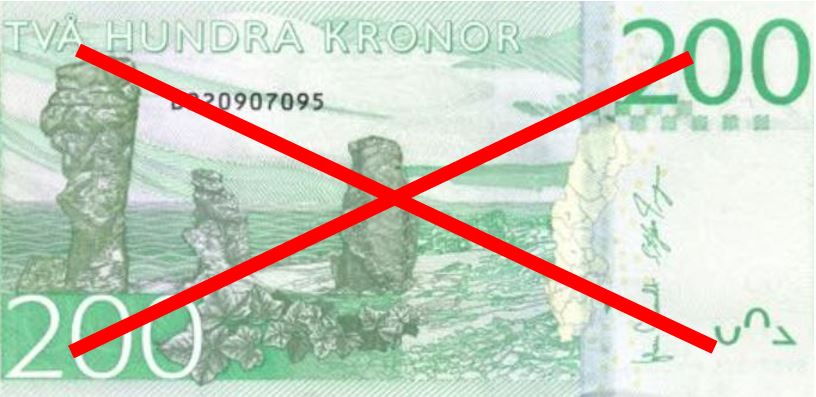Sweden is considered to be one of the most Liberal countries in the world. Their policies towards minorities and the inclusion of people of all decent have made them famous as well as infamous with various countries.
However, progressive ideas are not restricted only to social matters, they can be economical as well. In fact, Sweden is already a step ahead in terms of economic reforms and adjustments to the coming “digital era”.
Cash or credit?
The usage of Banknotes has been on a steady fall in Sweden, ever since 2011. The reasons are quite simple as pretty much everything in the country can be purchased or accessed via card. In fact, some segments of the country have completely abandoned the idea of cash in general. For example, taking a ride on the bus or subway is no longer possible with cash payments, everybody needs to have a card. However, this is the case with most other countries in the world. What is it that differentiates Swedes?
Well, these tech-loving Vikings decided to double down on “increasing digital payment methods” and started implanting microchips in their skins in order to even void Credit Card manufacturing. Right now, somewhere around 10,000 Swedes are able to pay with a simple swipe of their hands.
Does the government condone this?
The government hasn’t expressed their exact stance towards a cashless society, but there could be some major problems arising, even if “printing money” isn’t going to cost as much anymore. You see, when digital money is mentioned, cryptocurrencies are to come up sooner or later. With Sweden, they came up sooner, and now people are even using Microchip crypto wallets to make their payments. It may prove a bit harder for the government to track the transactions and determine the lucrative businesses from the “abandoned” ones. In fact, this was the case when Sweden was combating cryptocurrencies in order to keep their gambling industry closed off to unlicensed operators in the past.
However, seeing that nearly 90% of the population has abandoned cash usage, more and more establishments are starting to offer crypto payment methods. Slowly but surely the digital currencies will replace not only cash but national currencies as well. And that is something the government cannot afford to happen.

